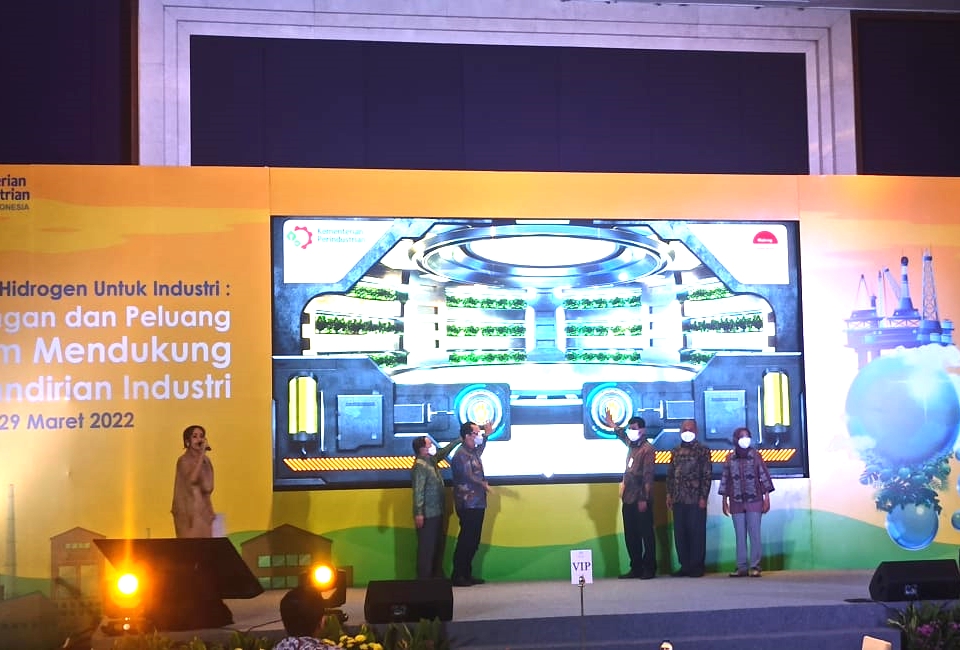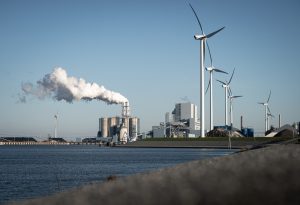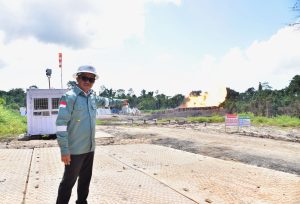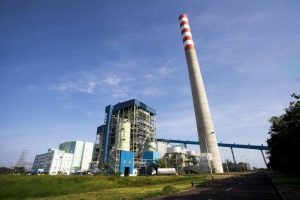
Jakarta – In 2030, domestic energy is estimated to only be able to meet 75 percent of the national energy demand and will tend to continue to decline to around 28 percent in 2045, officials said Wednesday (30/3). A potential shortage of energy supply in the future will affect the availability of energy as raw material or auxiliary material in the industrial sector.
Director General of Metal, Machinery, Transportation Equipment and Electronics (ILMATE) of the Ministry of Industry Taufiek Bawazier in a one-day seminar with the theme “Hydrogen Seminar for Industry: Challenges and Opportunities in Supporting Industrial Independence” said that the use of new and renewable energy (NRE) and the development of clean energy-based industries are demands that can no longer be avoided.
He said, with limited availability of fossil energy in the future, we need to source adequate and reliable new energy that have a multiplier effect, in supporting industrial competitiveness, attracting investment, and the growth of domestic industries.
Bawazier said that currently there are at least three major challenges in the energy transition. First, with regard to access to clean energy, the world is facing the fact that not all citizens of the world have access to affordable, reliable, sustainable and modern energy. The second challenge is related to funding issues, where the energy transition process requires very large funds. The third challenge is research and technology support to produce new technologies that are more efficient and more competitive.
Hydrogen, the future of the industry
Bawazier said that hydrogen as a fuel will be more economical and popular in the future. With this opportunity, the Ministry of Industry is ready to initiate the use of hydrogen as an energy source that can be utilized in the power generation industry, metal industry, food industry, and even the semiconductor industry in the future.
He said, hydrogen will be a game changer that will replace fossil energy and coal. Hydrogen is an energy carrier that can be used to store, transfer, and distribute energy produced from other sources.
The cost of production of hydrogen development is low. The production cost of green hydrogen is around USD 2.5-4.5 per kg in 2019, and is projected to be USD 1-2.5 per kg in 2030, and it is estimated to fall by three fold in 2050.
“Hydrogen can be used in battery cells for applications for motor vehicles, trucks, ships, trains and even airplanes. We must respond to this opportunity by preparing capabilities both in terms of technology and in terms of human resources. This means that the use of hydrogen will increase competitiveness for value-added industries,” he explained.
“We have issued a roadmap for the National Automotive Industry which stipulates 20 percent of the use of electric battery-based vehicles by 2025, followed by efficiency efforts in the automotive industry for the types of Internal Combustion Engine (ICE), hybrid and plug-in hybrid technologies,” said Bawazier. (Hartatik)















